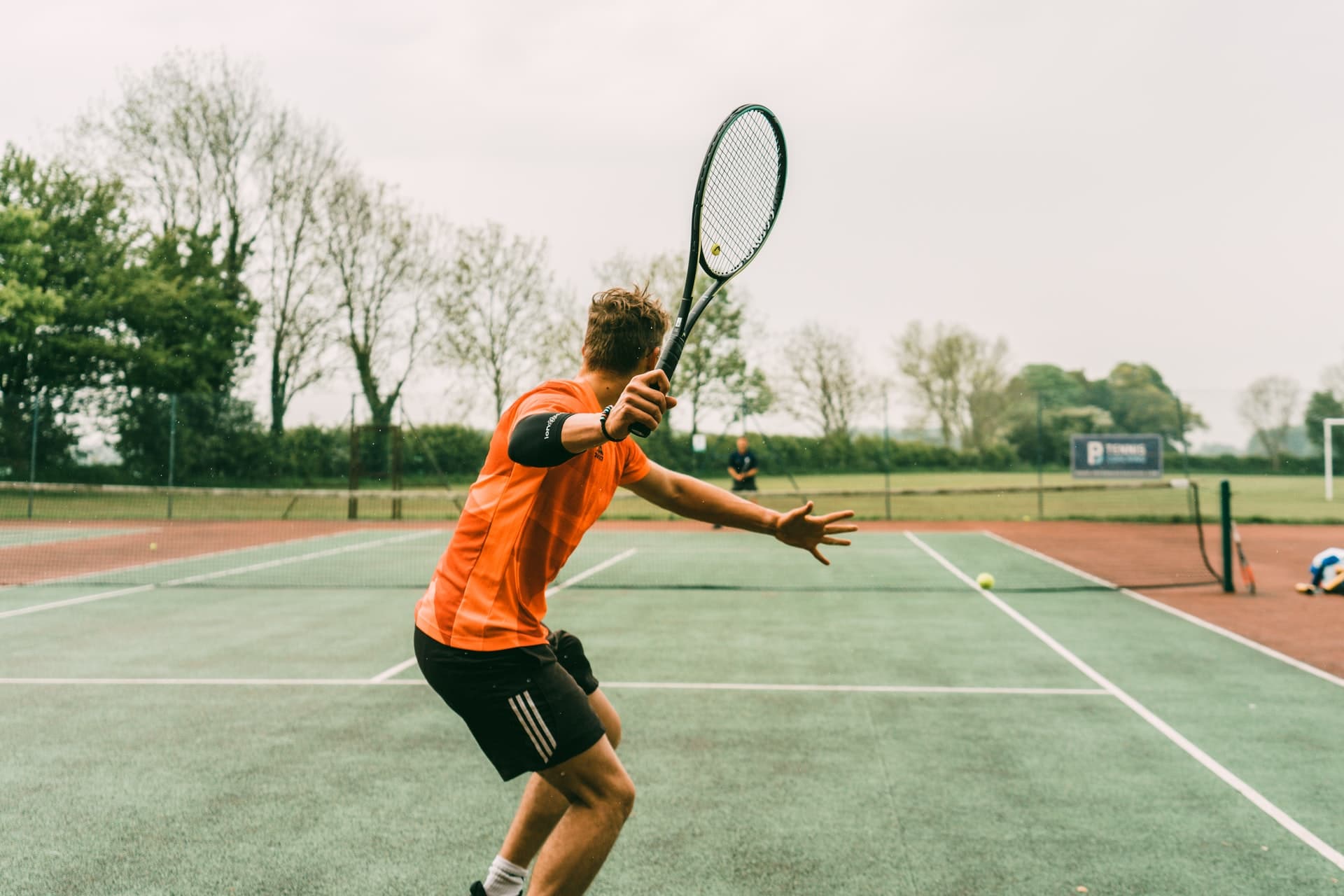
Are you starting your adventure with tennis and want to buy your first racket? Bear in mind that it must be properly selected for your level of advancement and style of play. In this article, you will learn how to choose a tennis racket correctly.
A tennis racket is a purchase which will last at least several years-sometimes several, so it is important to think carefully about the purchase and to match the racket to your level and style of play. When choosing a racket, you should know how to read its parameters. We will focus on this in the first part of this article.
The surface area, or nothing more than the size of the racket head, and the shape of the racket head are very important when choosing a racket. The larger the racket head, the stronger the impact will be and therefore the player will have to put in less effort to get the ball through. In addition, a large head has a large part of its surface area in the center of the ball, the sweet spot, which is the best place to hit the ball.
With smaller heads, the impact force is lower and therefore the player will have to exert more force when hitting the ball. However, a small racquet head comes with the advantage that it provides more maneuverability and thus control over the ball. It also allows for more precision at impact.
For beginners, slightly larger heads with an area of at least 660 cm² / 102 in² are recommended.
For intermediate players, on the other hand, racquets with head sizes between 645 and 690 cm² / 100 – 107 in² will work well.
At the intermediate level, the choice of head size is often more personal, as there are no set rules. The most common head sizes for advanced players are from 645 cm² / 100 in² and smaller.
The second important parameter is the length of the racquet, which is measured from the base of the handle to the end of the head. The most common racquets on the market for adult players have a standard length of 68.58 cm / 27 inches.
As the length of the racquet increases, the range of impact increases as well as the power of the impact is enhanced. This allows for better service and ball rotation. However, the longer the racquet, the more difficult it is to control the ball.
Racquets which are shorter than the standard length are usually designed for juniors. On the other hand, when choosing a racket for a child, his/her individual physical conditions will be important. Depending on the height and weight of the child, a different length of racket will be appropriate and this may not always be in accordance with the manufacturer’s recommendations.
A very important parameter when selecting a tennis racket is its weight. The higher it is, the more stable the frame is. On the other hand, with the weight of a racket, the difficulty of launching a swing increases, which is why the optimum choice is a racket which will not be too heavy for a given player and which will allow free handling of the frame.
We can usually find the following recommendations for weight:
These are three basic parameters you should pay attention to when choosing a tennis racket. Other factors should be consulted with a specialist.
main photo: unsplash.com/Chino Rocha